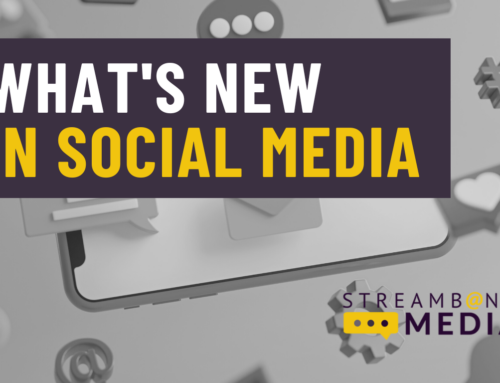A tried and true, sophisticated marketing technique makes its way to Twitter & the Blogosphere
As early as the late 19th century, advertisers recognized the value of product placement as a vehicle for increasing their brands’ visibility. It is speculated that Jules Verne was compensated by shipping companies for mentions in his stories. With some research, we may find evidence of product placement in centuries past. Would it surprise any of us if we learned that gladiators were paid to wear logo-emblazoned sandals and loin cloths?

American Idol Judges with Coke glasses (from the NY Times)
Advertisers have always sought creative ways to slip mentions of their products in casual and seemingly innocent ways in all media. There are countless examples of advertisers sponsoring television programs where entire episodes or seasons were written with carefully embedded mentions or visuals of selected products; car manufacturers vie to have their latest models be the drive of choice for leading actors on blockbuster movies; and celebrities win lucrative endorsement deals to wear designer jeans or popular fragrances.
This is all for good reason. After becoming numb to bombardments of television commercials, print advertisements, online banners, billboards, and direct mail pieces, the impact of traditional advertising has diminished greatly. Consumers are influenced more by authentic endorsements than they are by blatant advertisements. We have not yet been desensitized to casual product mentions like we have by mainstream marketing messages.
More and more, advertisers are using “Brand “Ambassadors” to spread their messages. When you see a consumer products expert on a news program touting the “five latest must-have gadgets for Father’s Day,” you can be reasonably sure that the “expert” is being paid by one of the products she mentions. By slipping in the promoted product as one of five must-haves, consumers are dealt this message with their shields down. They, for the most part, are unaware that they are being sold to; they believe that this is just a straightforward, unbiased recommendation coming from an expert.
 And now, for better or worse, this style of product placement has made its way to social media. Popular bloggers and Twitter and Facebook users are now being paid by advertisers to post information touting brands, messages, and products. When done effectively, these mentions do not at all seem like marketing, but rather authentic views and feelings about particular brands. On Twitter, you might see, “Just read this touching blog post about Thanksgiving. Brightened up my whole day! (Link).” And when you click the link, you are led to the advertiser’s blog page. As promised, you are provided the touching article on Thanksgiving; but now that you are on the website, the advertiser expertly guides you from the blog to a products page or a newsletter signup or a Facebook page.
And now, for better or worse, this style of product placement has made its way to social media. Popular bloggers and Twitter and Facebook users are now being paid by advertisers to post information touting brands, messages, and products. When done effectively, these mentions do not at all seem like marketing, but rather authentic views and feelings about particular brands. On Twitter, you might see, “Just read this touching blog post about Thanksgiving. Brightened up my whole day! (Link).” And when you click the link, you are led to the advertiser’s blog page. As promised, you are provided the touching article on Thanksgiving; but now that you are on the website, the advertiser expertly guides you from the blog to a products page or a newsletter signup or a Facebook page.
Since consumers have not yet completely caught on to this marketing technique, using product placement and brand ambassadors on social media is an extraordinarily effective way of spreading a message and marketing a brand. Tweeting about your product or service from your own Twitter account is one thing, but having an “impartial” influencer tweet about you is quite another. Imaging having an army of brand ambassadors – all who share your target audience (with tens of thousands of followers each) – tweeting, posting, and blogging about your brand. Quite powerful.
One of the best parts of this type of marketing is that it steers clear of blatant promotions. Brand ambassadors never push their followers to buy products; instead, they lead people to a lifestyle page or blog post to gently introduce their tribe to the advertiser’s message or brand. The landing page does the rest.
At Ghost Tweeting, we use the term, “Social PR” for these types of product placement / brand ambassador programs. We produce outstanding results by establishing campaign goals, building teams of influencers who are perfectly aligned with advertisers’ brands and target audiences, and developing strategies that resonate with both the advertiser and the team of influencers. A Campaign Manager guides influencers in creating relevant posts, monitors campaign effectiveness, and reports back to the advertiser to measure ROI.
Interested in learning more about how Social PR programs can spread your message? Click here.


3)A technique I learned is to add to your signature when
you make comments on other blogs. com: Promote your business on Entrepreneur
Magazine’s ownn social network. Some of it is quite valuable, but a lot of it is garbage.